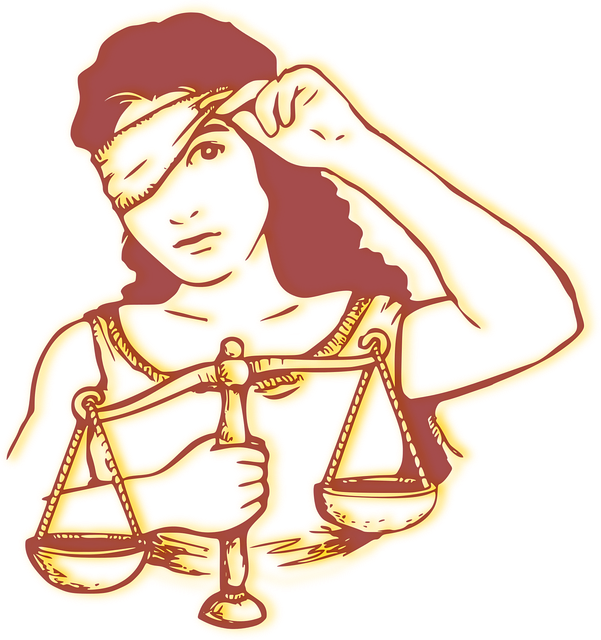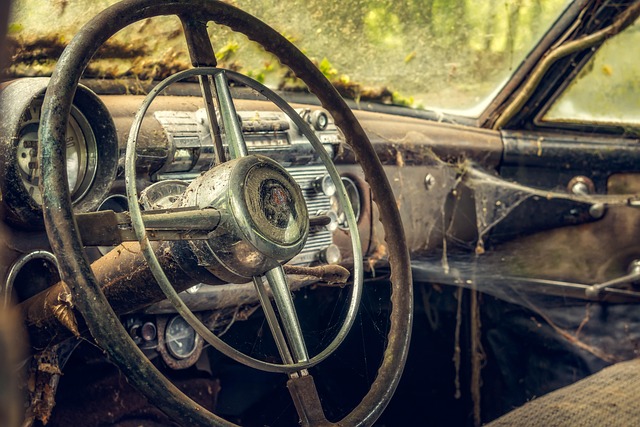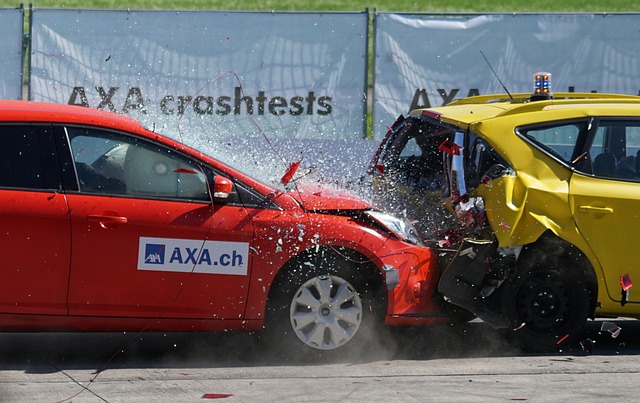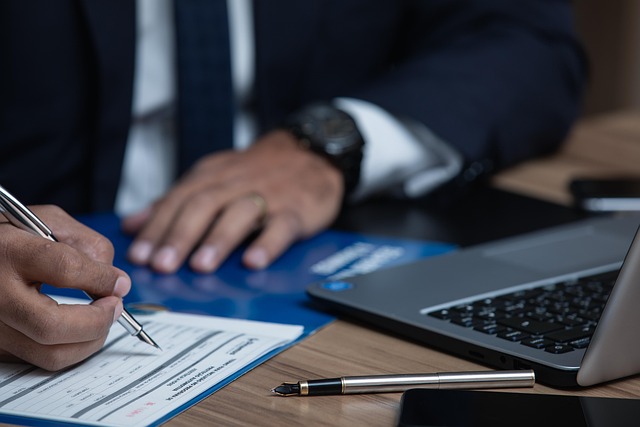Proving slip and fall negligence requires establishing several key elements, starting with demonstrating an incident resulting in injuries due to a hazardous condition on another party's property. This involves collecting evidence like photos, witness statements, and medical records. The next steps are proving the property owner's knowledge of the dangerous condition through actual or constructive means, and evaluating damages to determine compensation. This process applies across various scenarios, with timely action and legal guidance from an experienced attorney being crucial for success in slip and fall negligence claims.
Proving negligence in slip and fall cases requires a meticulous understanding of key legal elements and strategic gathering of evidence. This comprehensive guide breaks down the critical aspects involved in building a strong case for compensation. From recognizing the fundamental components of slip and fall negligence to acquiring essential documentation, you’ll discover effective legal strategies to enhance your chances of success. Learn how to navigate this complex process and advocate for your rights effectively.
- Understanding Slip and Fall Negligence: Key Elements to Prove
- Gathering Evidence: What You Need to Document
- Building a Strong Case: Legal Strategies for Success in Slip and Fall Negligence Claims
Understanding Slip and Fall Negligence: Key Elements to Prove

Proving slip and fall negligence involves understanding key elements that establish liability. The first step is to demonstrate that an incident occurred, resulting in injuries sustained due to a hazardous condition on another party’s property. This typically requires evidence of the fall itself and medical records confirming the associated injuries.
Next, you must prove that the property owner or manager had actual or constructive knowledge of the dangerous condition. Actual knowledge can be shown through direct evidence, such as maintenance records or staff accounts. Constructive knowledge, on the other hand, is established when it’s reasonable to infer that the property owner should have been aware of the hazard, considering factors like regular inspections and the nature of the environment. Once these elements are established, the focus shifts to evaluating damages, including medical expenses and any loss of quality of life, to determine an appropriate injury compensation. These principles also extend to scenarios like nursing home neglect, where proving negligence in slip and fall cases involves similar steps but with a heightened focus on care standards and potential consequences for vulnerable individuals.
Gathering Evidence: What You Need to Document
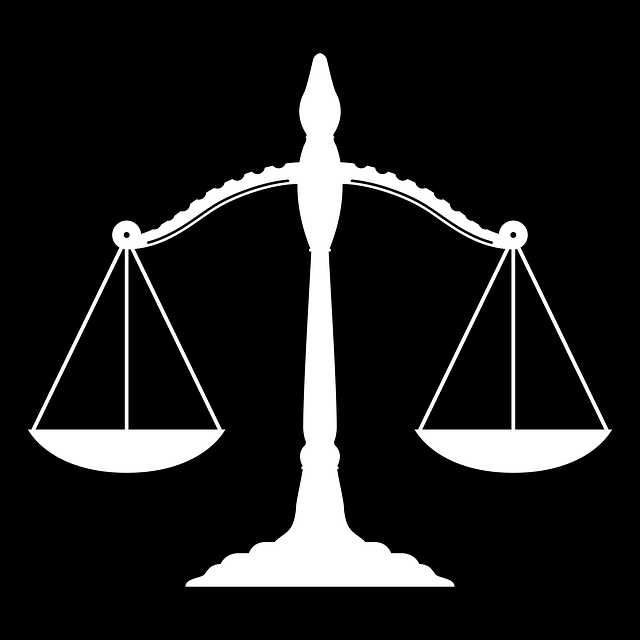
When pursuing a slip and fall negligence claim, gathering comprehensive evidence is paramount to strengthen your case. The first step involves documenting the incident site with detailed photos capturing every angle—from general views to close-ups of any hazardous conditions or damages. Additionally, recording video footage can provide valuable insights into the environment and how it contributed to the fall.
Beyond visual proof, collecting witness statements is crucial. Speak with anyone who witnessed the event, as their accounts can corroborate your version of events. Also, be sure to document any medical records related to injuries sustained in the slip and fall incident. In cases involving truck accident injuries, nursing home abuse, or real estate litigation, where negligence may have occurred under different circumstances, these same principles apply—gathering evidence specific to each scenario is key to a successful claim.
Building a Strong Case: Legal Strategies for Success in Slip and Fall Negligence Claims

Building a strong case for slip and fall negligence starts with gathering comprehensive evidence. This includes detailed accounts of the incident from witnesses, high-quality photographs documenting the hazardous condition that led to the fall, and medical records detailing any injuries sustained. It’s crucial to act swiftly, as time limits apply to filing claims, and preserving evidence early on significantly enhances your case.
Legal representation by an experienced attorney is paramount. They can help navigate complex legal procedures, interrogate witnesses, and challenge the other side’s arguments. A skilled lawyer will also know how to highlight any signs of negligence on the part of the property owner or manager, such as a history of similar accidents, inadequate safety measures, or failure to warn visitors about known dangers. This strategic approach can lead to a successful outcome and ensure your client recovers full and fair compensation for medical negligence and other associated losses.
Proving slip and fall negligence effectively requires a comprehensive understanding of key legal elements, meticulous evidence gathering, and strategic case building. By documenting relevant facts, witness statements, and expert opinions, and utilizing strong legal arguments, you can significantly enhance your chances of success in slip and fall negligence claims. Remember, the goal is to demonstrate that the property owner or manager failed to maintain a safe environment, leading directly to the incident. With thorough preparation and a solid legal strategy, you can navigate this complex process and secure the justice and compensation you deserve for your injuries.

